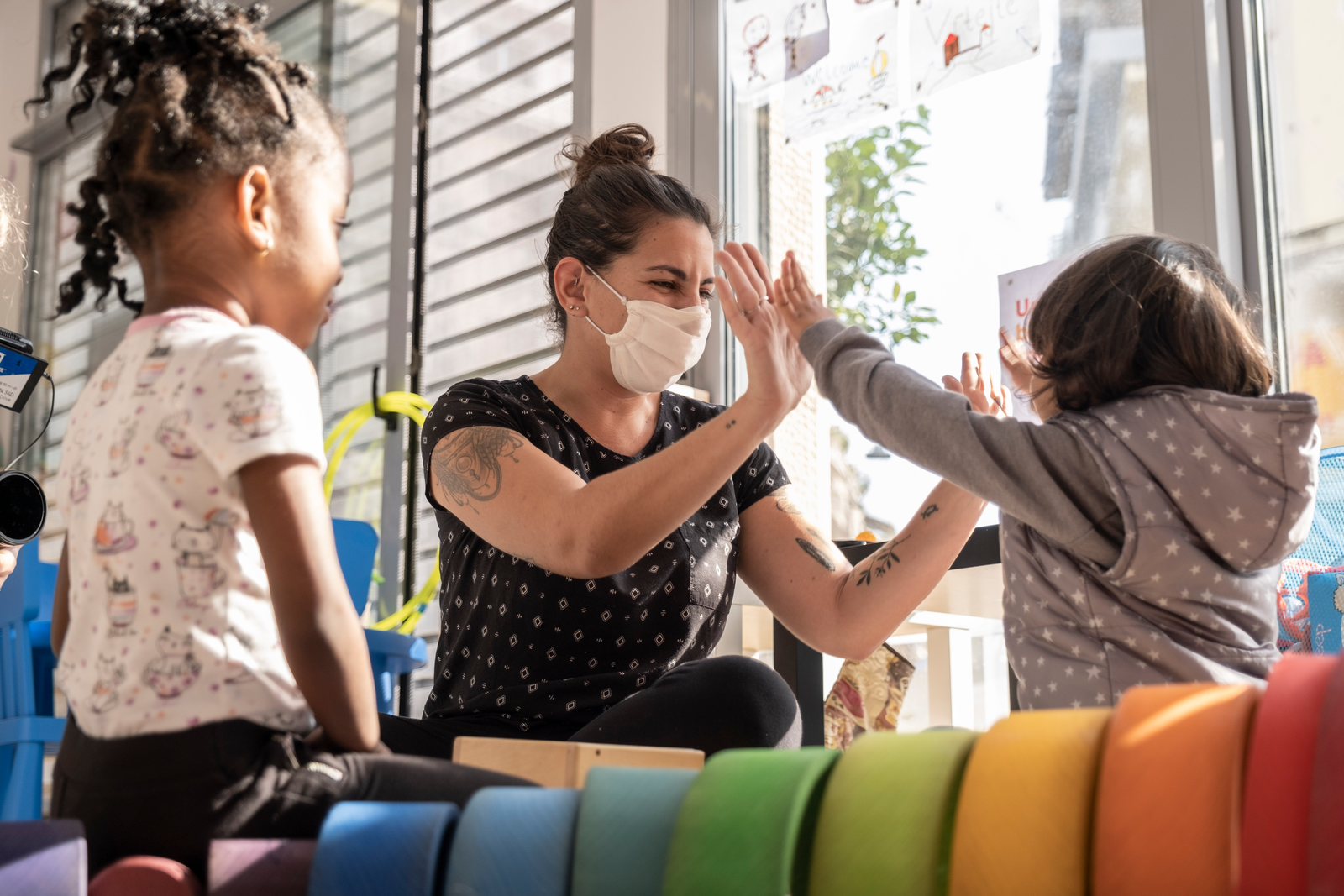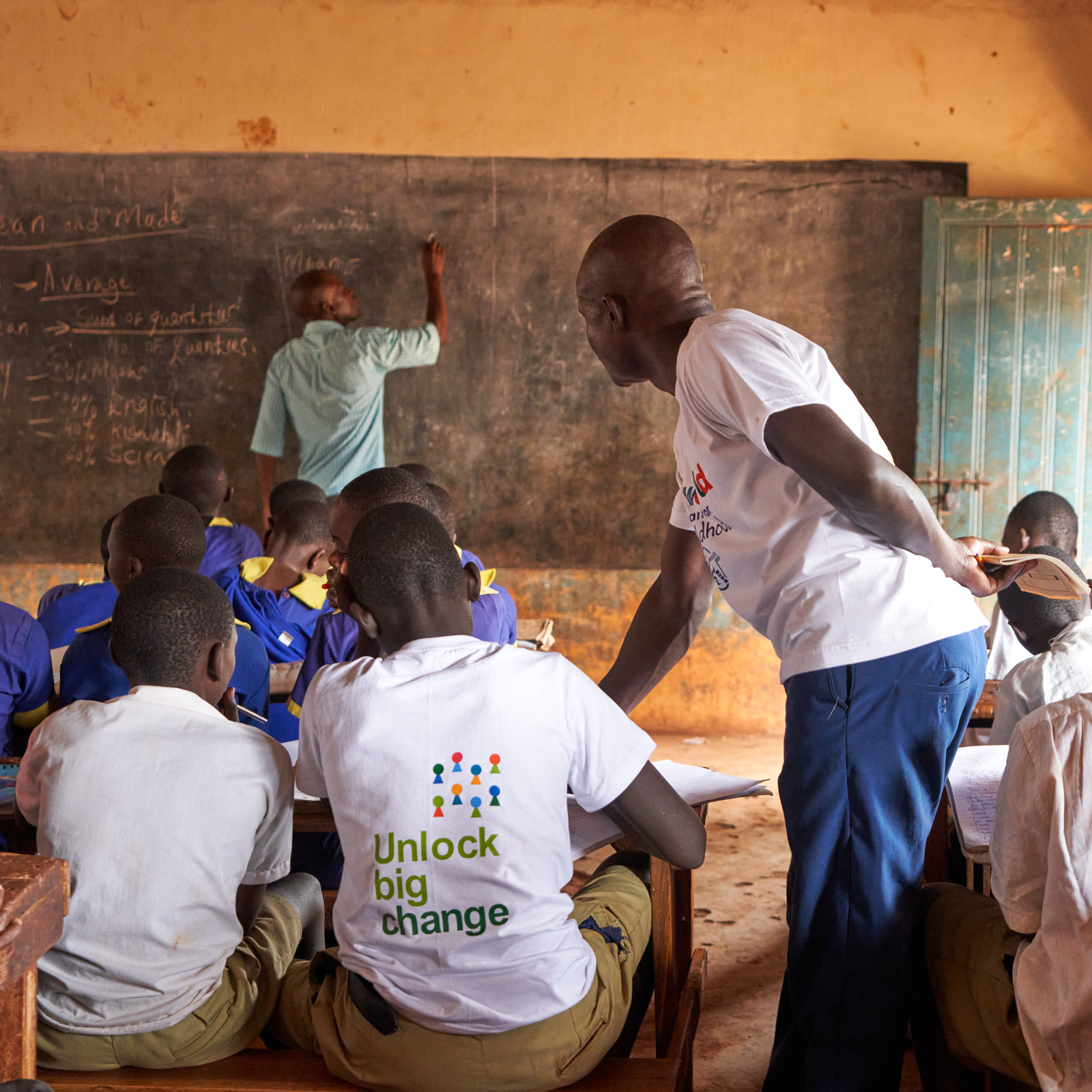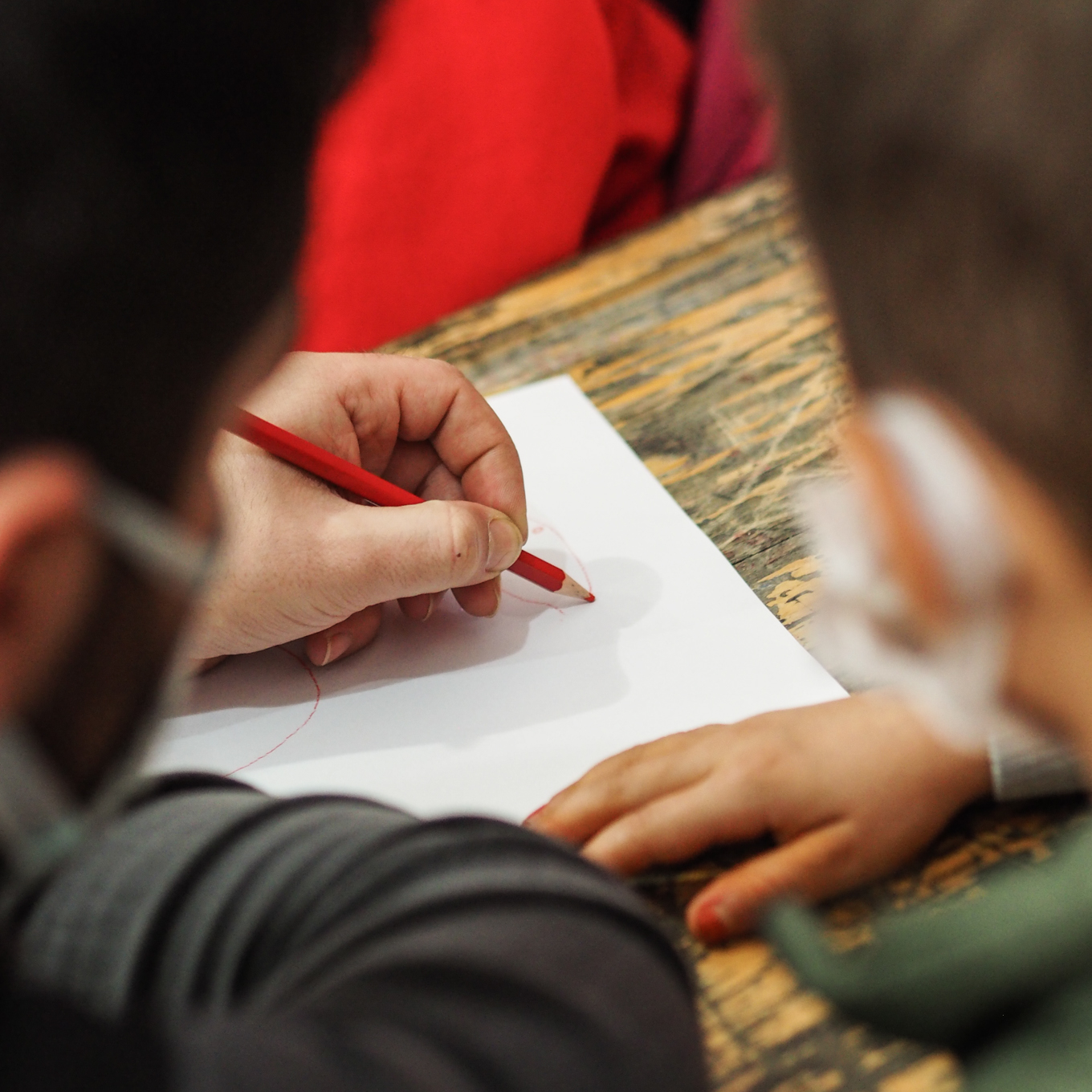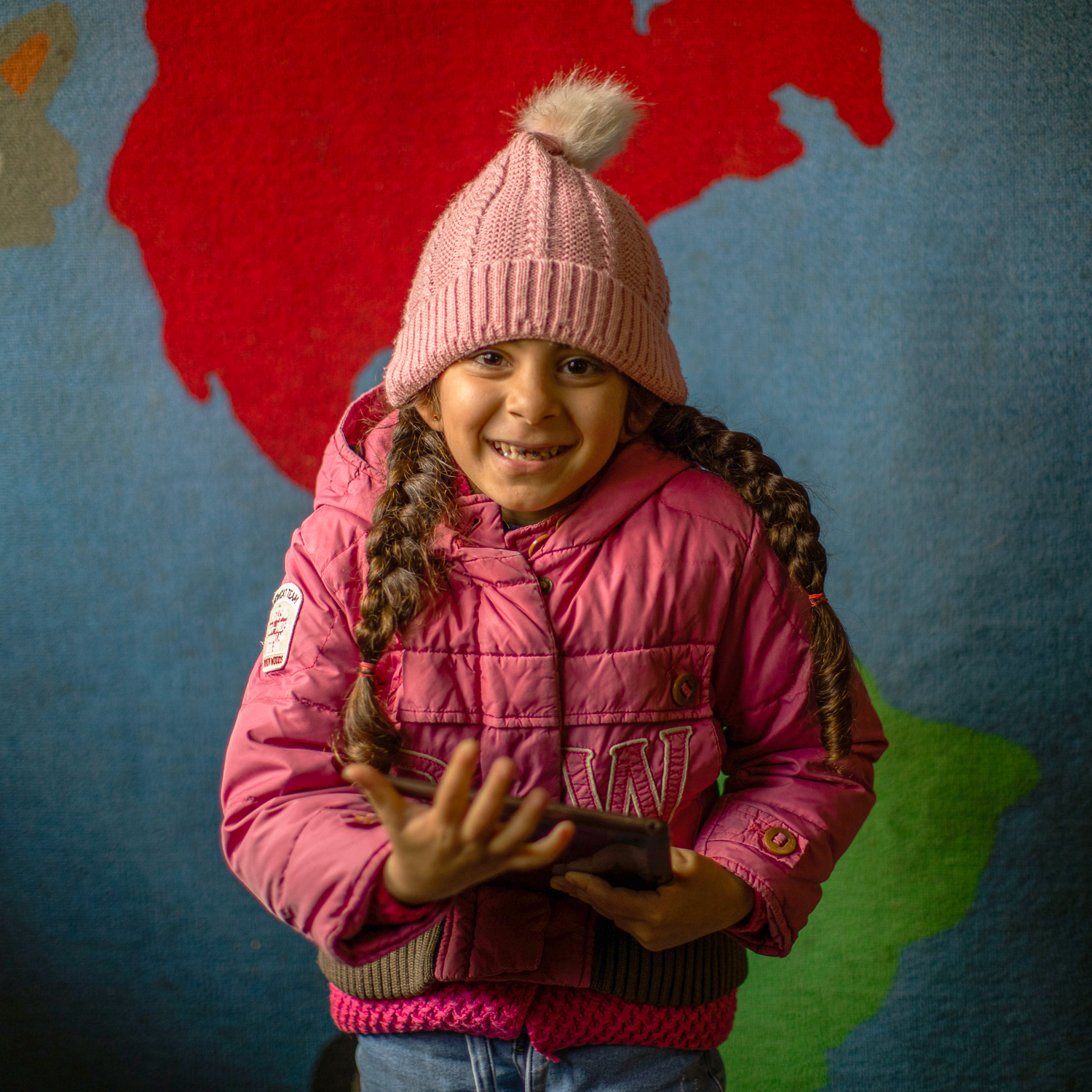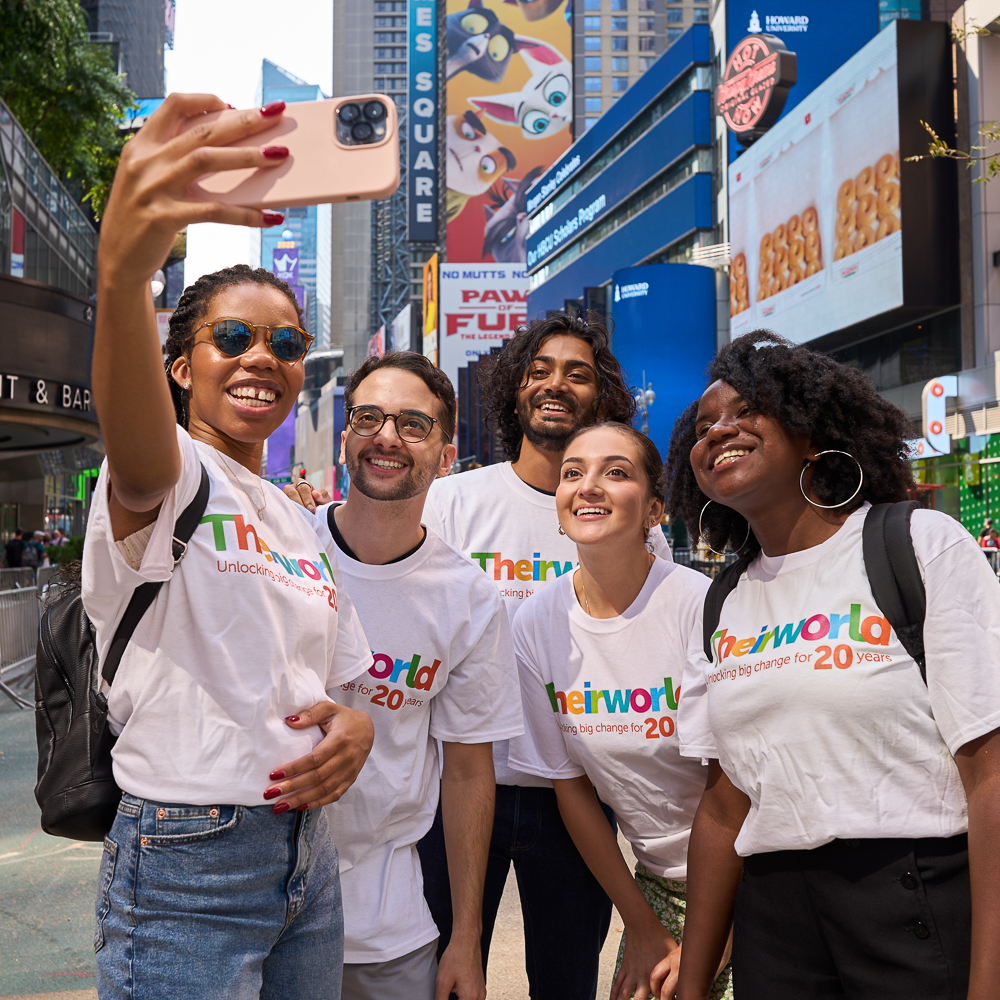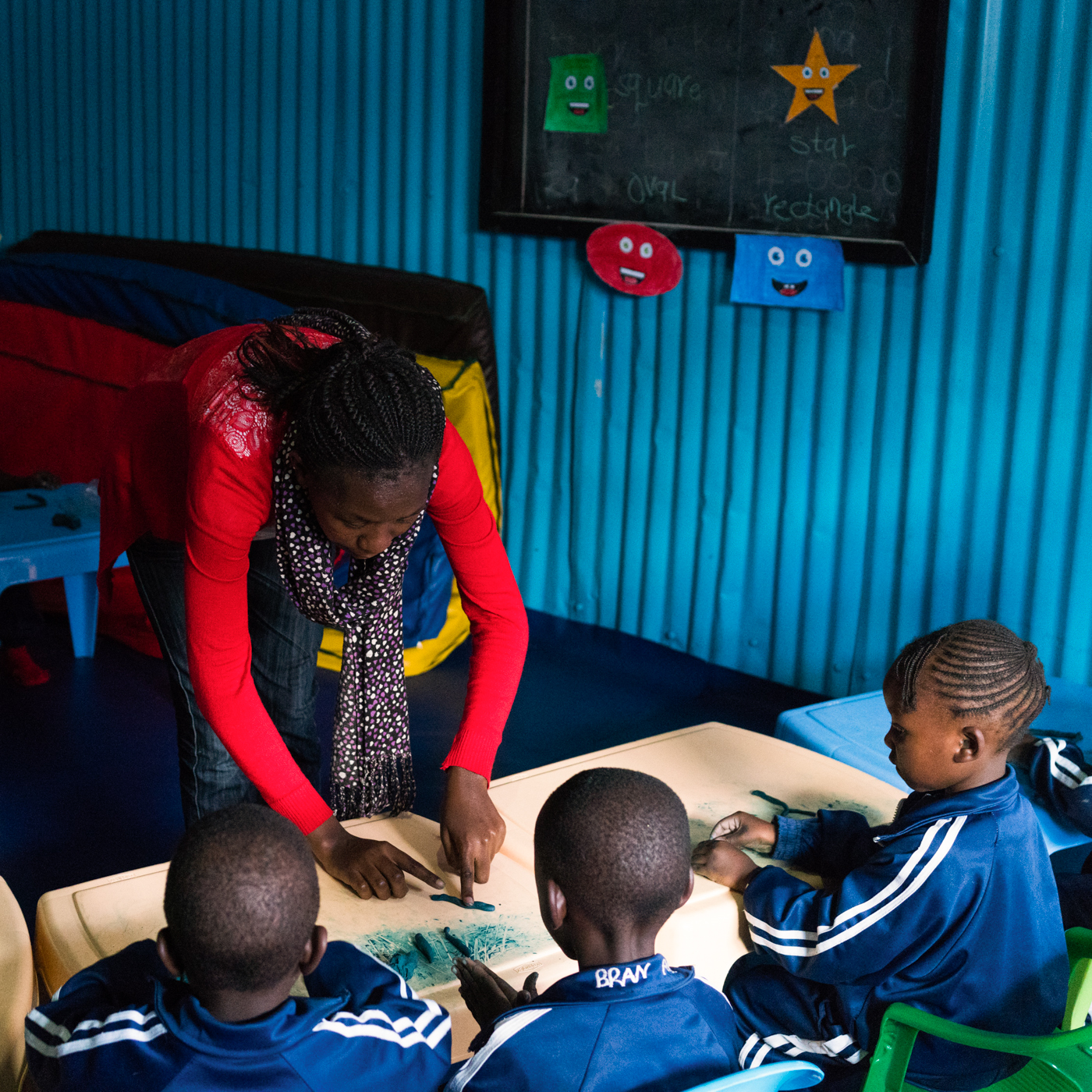
Focus on Kenya
Theirworld is investing in research and working alongside local community partners to raise the profile of the importance of children’s early years across the political spectrum.
Studying comparative systems of education in your sociology class? Considering a career in public policy or research? Writing your thesis on the education of child labourers? This page will convey the critical role education plays in alleviating social ills and developing a fair society that functions for all.
Whether working to eliminate child marriage, advance the rights of refugees and minority groups, or reject racism, education is the single best investment one can make to solve society’s most difficult challenges. Serving as a force multiplier, education’s impact ripples through a wide array of sectors with a diversity of benefits that create a more just, equitable world.
Looking for questions to centre your research efforts or interesting issues or problems to explore? These research questions can help provide a path to a focused research and writing process.
Looking for clear topic sentences to express your opinion, or thesis statements to serve as the core of your essay? Theirworld’s examples can help to form the base of your argument.
Seeking key messages, facts, and opinions to build your evidence base? Find the most up-to-date, pre-sourced data points to help you make a robust case for education and sociology here.
Knowledge is power. Power leads to Freedom. Freedom leads to personal self esteem and a more loving society. Education makes all of this possible. Not educating our children is dooming them to years of oppression and discrimination.
David Mixner, Activist
Education is the key to addressing the root causes of sexual violence and to ending practices of toxic femininity and masculinity. If these issues are addressed from a young age, we will begin to see a world where women will occupy positions of power at the same rate as men and will know that they too belong in those spaces.
Nadia Murad, UN Goodwill Ambassador and 2018 Nobel Peace Prize Laureate
For the 1% of the world’s population who are displaced, education is the key to unlocking a positive and resilient future. For children affected by crisis and conflict, education provides vital protection, and a sense of normalcy and safety. COVID-19 showed numerous examples of how refugees who had received support to harness their energy and complete their education were giving back to the communities which hosted them – as doctors, nurses, teachers and support workers. Access to a quality education prepares refugee students to take care of themselves and their communities, stepping up as leaders and role models and enabling rapid generational change which will in turn create a brighter future for their own children.
Filippo Grandi, UN High Commissioner for Refugees
The single most important channel to overcome intolerance, discrimination and violence against LGBTQ people is through education and the exposure to different life expereiences and viewpoints that it offers. Advancement in education is part of the recipe for social change that led to a radical shift in public attitudes on LGBTQ inclusion we witnessed in many parts of the world.
Fabrice Houdart, Executive Director, Association of LGBTQ+ corporate Directors
Searching for more in-depth reporting or quick refreshers on the relationship between education and sociology? Check out Theirworld’s groundbreaking reports and explainers that examine the issue in further detail.
Prefer an audio medium to better understand the connection between education and sociology? Listen to Theirworld’s Better Angels podcasts, featuring stories from globally renowned campaigners, Nobel Prize winners, celebrities, politicians and remarkable young people who are experts in the field.
Sarah Brown speaks to Lord Alf Dubs, Gulwali Passarlay, Melissa Fleming and David Morrissey about the representation of refugees. Millions of words have been spoken and written about refugees but how many of these have been positive? This episode is about the survivors, battlers and new pioneers and explores why refugees are so often feared rather than celebrated.
How do you actually make big change happen? In this episode, Sarah Brown explores the challenge of how to educate Syrian children who have been forced to flee their homes and schools due to the ongoing war. What are all the elements involved in getting hundreds of thousands of Syrian back to school and learning.
Sarah Brown talks to Elias Bou Saab, who served as the minister for education for the Government of Lebanon at a time when hundreds of thousands of Syrian children and families travelled across the border fleeing the horrific war. Elias Bou Saab has implemented the innovative double shift school system to accommodate around 200,000 Syrian children. In this episode he talks about his own personal experience as a child refugee who fled to Syria and the challenges in implementing real change.
In this episode of Better Angels focusing on Safe Schools, Sarah Brown talks to the Director of Education Cannot Wait Yasmine Sherif, Nigerian lawyer Zannah Mustapha, who helped to secure the release of dozens of the Chibok schoolgirls kidnapped by Boko Haram, former Theirworld Global Youth Ambassador Courage Nyamhunga, and campaigner Slyvia Kayko about creating safe, inclusive schools for all.
Sarah Brown chats to Helle Thorning-Schmidt, Graça Machel, Kailash Satyarthi, Vuslat Dogan Sabanci, Tom Fletcher and Anoka Abeyrathne. What makes us actually act to create sustainable social change?
Theirworld’s commitment to education spans sectors and subjects. See what we are working on at the intersection of education and sociology:
Theirworld is investing in research and working alongside local community partners to raise the profile of the importance of children’s early years across the political spectrum.
Theirworld works with the Amna Refugee Healing Network on a sustainable approach to the delivery of early childhood education to refugee children
Theirworld partners with local organisation Chance for Childhood to identify and cater to special learning needs among children who live on the streets.
Theirworld partners with Maya Vakfi in Turkey to deliver a programme which helps students cope with traumatic experiences and gives teachers the skills to understand and address their needs.
Theirworld works with agencies on the ground in Lebanon to provide children, parents and teachers with tools and resources to provide valuable early childhood education.
Theirworld is committed to ending the global education crisis and unleashing the potential of the next generation. Inspired to unlock big change? Support our campaigns, fundraise with us or join our Global Youth Ambassadors programme.
To end the global education crisis we’re going to need everyone to do their part, help build the pressure needed to make change.
Our network of 2,000 young people in more than 100 countries across the globe working together to end the global education crisis.
Raising money for Theirworld is another great way to help us.




